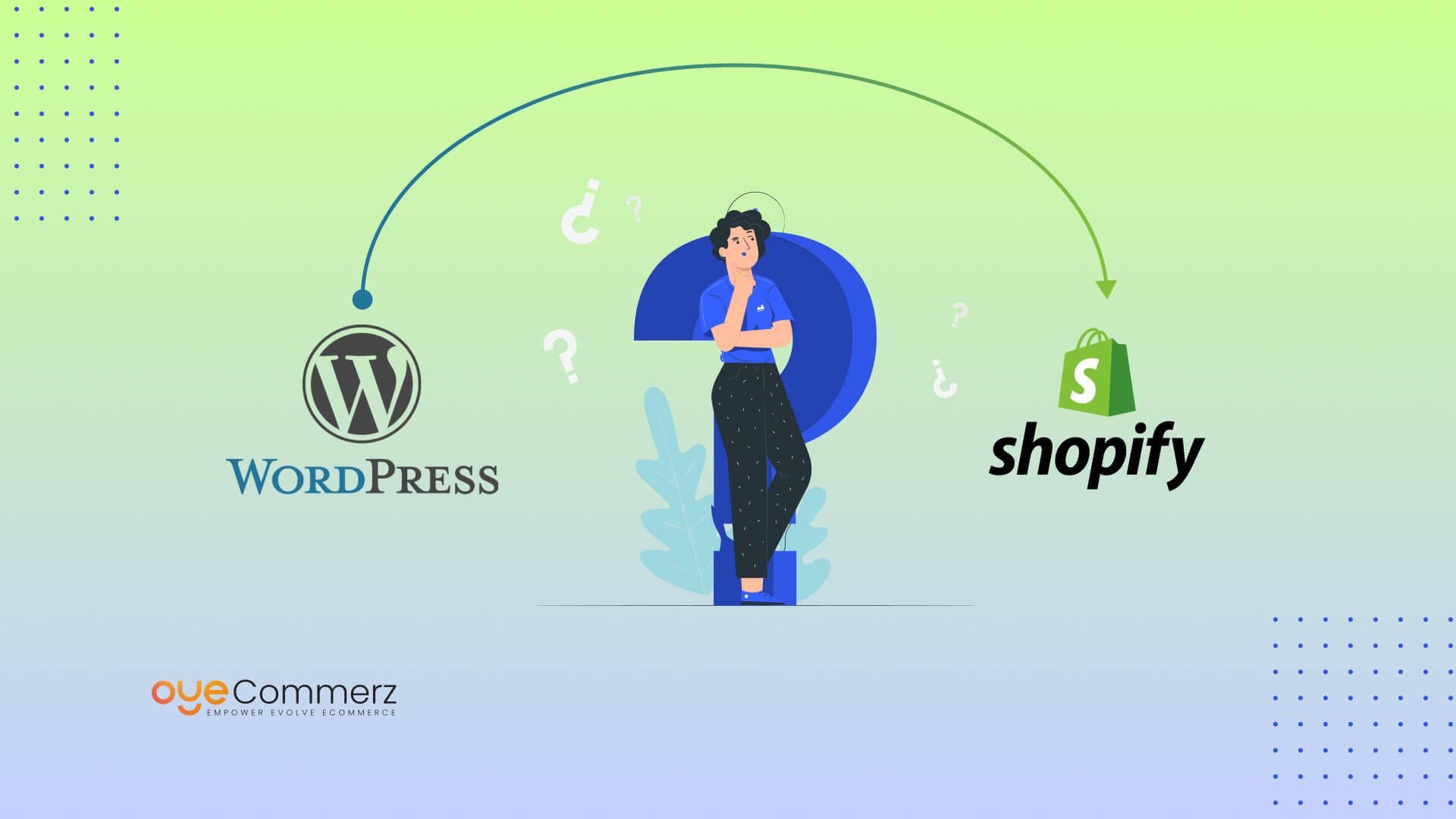An e-commerce platform's success is defined by its scalability, adaptability, and ability to offer seamless experiences to customers.
Considering a move from WordPress to Shopify? You’re probably seeking advanced features, better scalability, and a forward-thinking platform.
Follow this comprehensive roadmap to master the key strategies, insights, and steps for a smooth transition to Shopify.
Introduction: Why Migrate from WordPress to Shopify?
While WordPress offers versatility, its reliance on multiple plugins often creates hurdles for scaling.
Shopify caters to businesses of all sizes with robust features, enterprise-grade security, and growth-focused solutions.
With over 4.5 million e-commerce websites using Shopify globally in 2024, it is a dominant force in the industry.
A move to Shopify enhances areas like payment solutions, order handling, and mobile-friendly design.
This is your detailed plan for a successful migration journey.
Step 1: Understand Your Current E-Commerce Challenges
Analyze your e-commerce store to pinpoint areas that require improvement or growth.
Pinpoint challenges such as reliance on plugins or suboptimal page speed that restrict growth.
For example, Shopify offers integrated features like Shopify Payments and customizable themes, reducing third-party tool dependency.
Step 2: Create a Migration Plan
Without proper planning, your migration might result in errors or unnecessary business interruptions.
Ensure a smooth transition by focusing on key areas like product inventory, customer data, and order history.
Utilize Shopify’s migration features and compatible apps to ensure safe data transfer and minimal disruption.
Step 3: Customize Your Shopify Store
Shopify’s flexible themes allow you to reflect your brand identity seamlessly.
Choose from Shopify’s professionally designed themes or edit them to fit your needs.
Explore themes like “Impulse” and “Prestige” for responsive, feature-rich options.
For large-scale operations, Shopify Plus customization ensures a distinctive brand presence.
Oyecommerz specializes in crafting Shopify Plus themes that align with enterprise-level e-commerce needs.
Step 4: Safeguard Your Search Engine Optimization
A successful migration includes retaining your existing SEO structure to avoid losing search engine rankings.
Shopify tools enable redirection of old URLs to new ones, safeguarding existing traffic.
Use Shopify’s built-in SEO tools to manage metadata and connect analytics platforms.
Reports indicate that 70% of websites experience temporary traffic dips post-migration without proper SEO management.
Step 5: Boost Your Store with Key Shopify Apps
The Shopify App Store provides a wide range of applications to improve your store’s capabilities.
Apps like Klaviyo for email marketing and Yotpo for customer reviews can transform your customer engagement strategy.
Oyecommerz offers Shopify API services to integrate advanced tools and streamline processes.
Work with Oyecommerz for custom Shopify app integrations that optimize business workflows.
Step 6: Optimize for Mobile Users
In 2024, mobile devices account for nearly 60% of online transactions, making optimization essential.
Shopify’s responsive themes ensure your store looks great and functions smoothly on mobile.
Simplify the checkout process for mobile users with Shopify’s secure payment tools like Shop Pay.
With optimized navigation and fast loading times, your store can thrive in the mobile-first era.
Step 7: Train Your Team
While Shopify’s interface is user-friendly, training your team ensures a smoother transition.
Ensure your team knows how to handle inventory, process orders, and analyze reports.
Well-trained staff can make the most of Shopify’s features, improving overall store efficiency.
Step 8: Verify Store Readiness Pre-Launch
Test your store rigorously to ensure all systems function smoothly before launching.
Verify that product information, inventory, and navigation links are error-free.
Validate payment gateway functionality and test the checkout process on multiple devices.
A well-tested store provides users with a flawless shopping experience from the start.
Step 9: Announce Your New Store Boldly
Capitalize on your migration by generating buzz among your existing Shopify data migration tools and potential customers.
Leverage email marketing and social platforms to highlight the advantages of your upgraded store.
Emphasize improved speed, security, and shopping experience to encourage repeat visits.
Conclusion: Unlock New E-Commerce Potential with Shopify
Transitioning to Shopify represents an opportunity to reimagine your e-commerce strategy.
With its powerful ecosystem and enterprise-ready features, Shopify positions your business for sustained success.
From small businesses to large enterprises, Shopify provides tailored solutions E-commerce migration process for all e-commerce needs.
Rely on Oyecommerz for expert guidance throughout your Shopify migration journey.
Our Shopify migration services help unlock your store’s full potential while ensuring a hassle-free experience.
Unlock the future of your business with Shopify—partner with us for a flawless migration experience.
